Primary Production of Aluminum
Primary Aluminum is made from a process of mining and refining common ores found all over the planet.
Primary Aluminum is made from a process of mining and refining common ores found all over the planet.
Secondary Aluminum is the process of smelting and refining scrap or used aluminum. It's this recycling process that makes aluminum so sustainable.
Bauxite is the world's primary source of aluminum and the principal ore of aluminum. Mostly found in tropical or subtropical areas, bauxite is a naturally occurring sedimentary rock comprised of a mixture of aluminum oxides and hydroxides. Also known as laterite soil, this reddish clay material is formed as a result of intense chemical weathering in tropical environments.
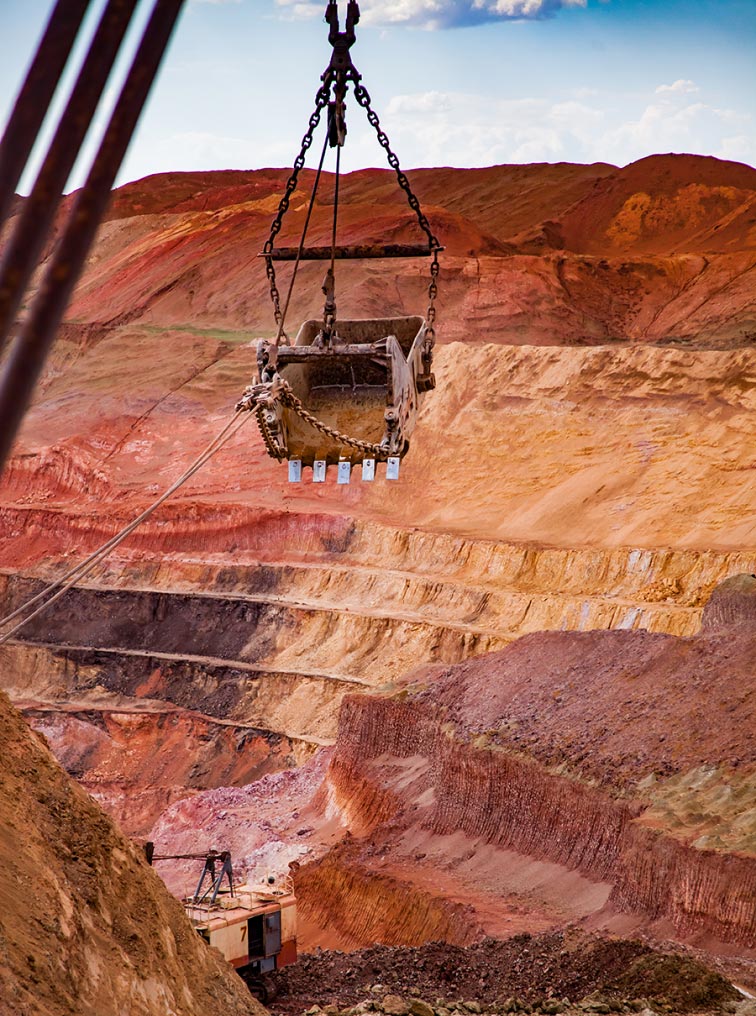
Bauxite is the world's primary source of aluminum, and the principal ore of aluminum. Mostly found in tropical or subtropical areas, bauxite is a naturally occurring sedimentary rock comprised of a mixture of aluminum oxides and hydroxides. Also known as laterite soil, this reddish clay material is formed as a result of intense chemical weathering in tropical environments.
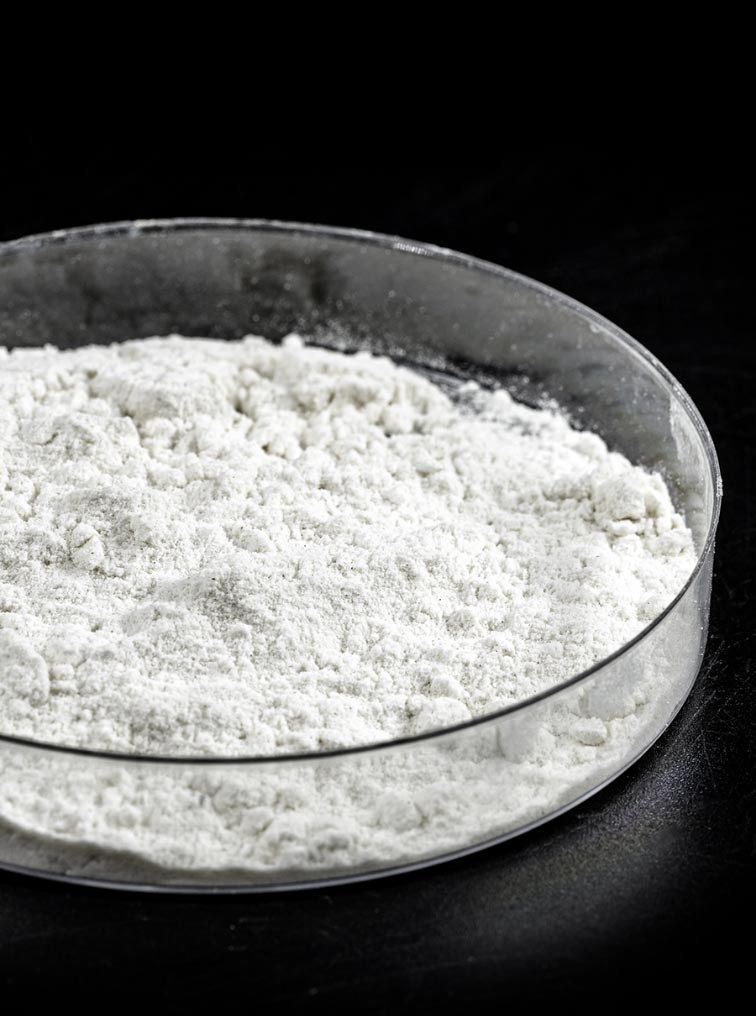
Also known as AI2O3, or aluminum oxide, alumina is a white or nearly colourless crystalline substance that serves as the starting material for the primary production of aluminum metal, created via the smelting process.
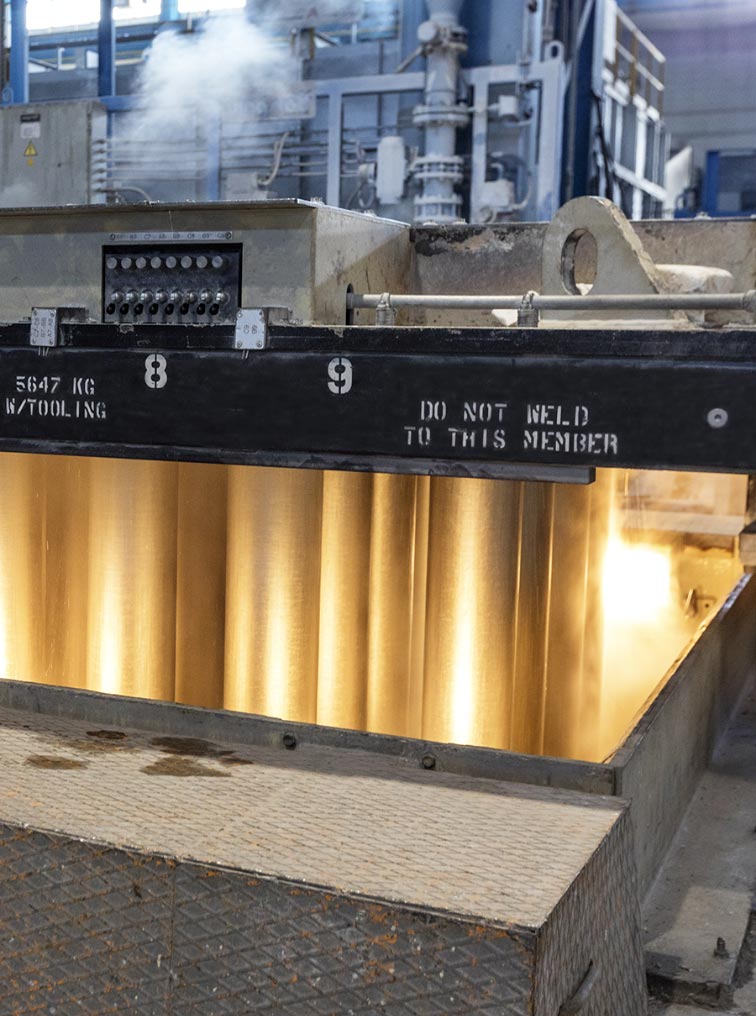
A form of electrolysis, the electrolytic reduction process is used for the extraction of highly electropositive metals such as aluminum. Alumina is poured into reduction cells with molten cryolite at 950OC. Electric currents are induced at 400 kA or above, causing the electrodes to react chemically and decomposing the materials.
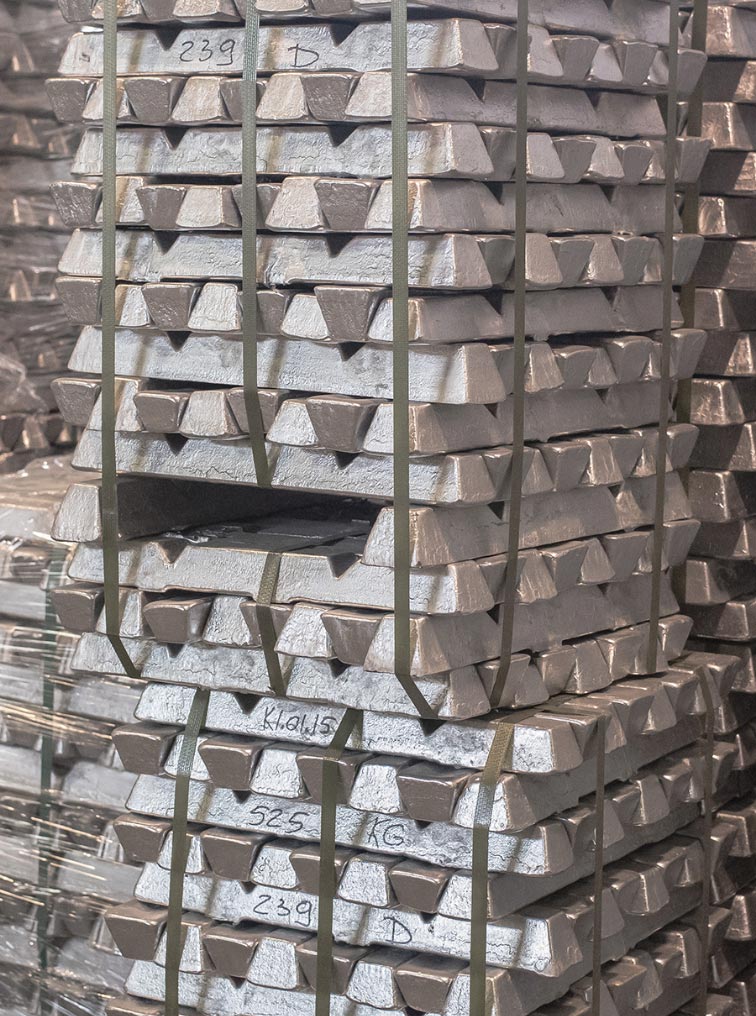
There are three types of casting used to produce ingots: die casting, permanent mold casting, and sand casting. Each method has their own advantages and disadvantages end is selected based on the customer's needs.
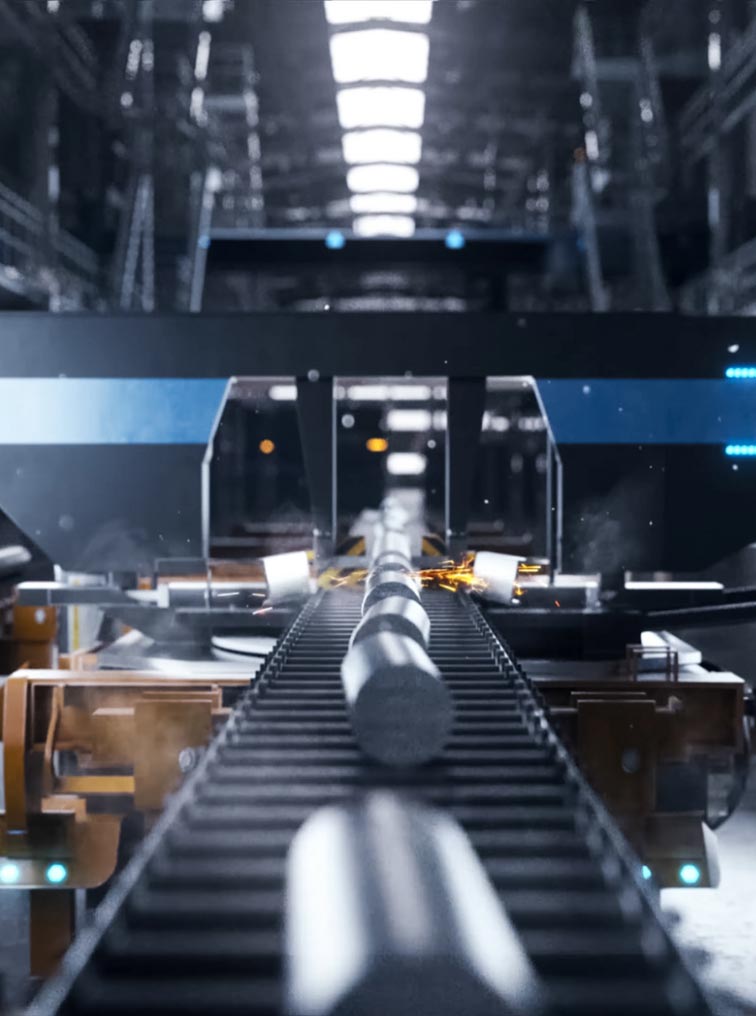
There are many different types of alloy materials that can be made with aluminum and they each have unique advantages such as weldability, corrosion resistance, heat transfer properties and machineability.
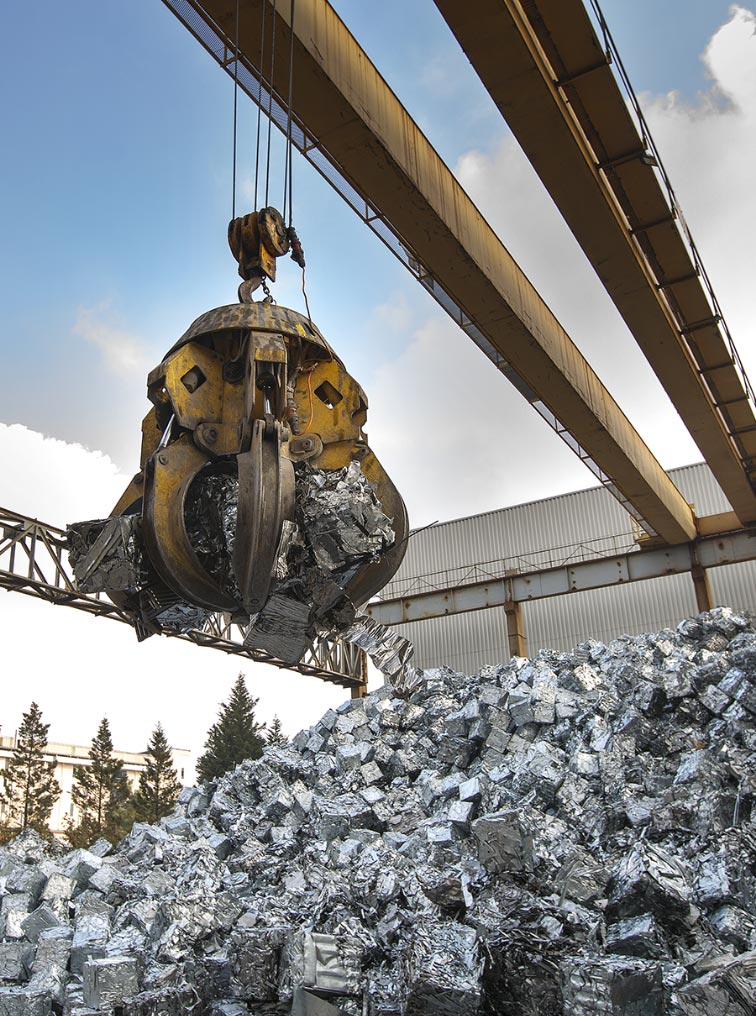
The secondary aluminum industry has become very important to the material's efficiency and its ability to recover previously unusable materials. For this reason, aluminum is one of the most sustainable metals in the world.